Oak tree ID
Elektron
10 years ago
Related Stories
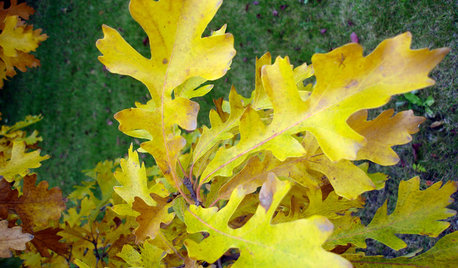
GARDENING GUIDESCelebrate Eastern Oaks for Wildlife, Longevity and Seasonal Interest
There might not be a more important tree to have in your eastern U.S. landscape — if you can fit one in
Full Story
ADDITIONSHouzz Tour: Tree Respect Drives a Dynamic Modern Addition
Protecting a heritage oak calls for creative thinking, and this Texas home shows the successful result
Full Story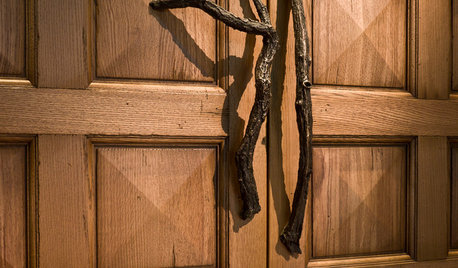
WOODWoodipedia: Make a Solid Choice With Oak
Forget those low-end products of old. Red and white oak today are beautiful, versatile and relatively inexpensive
Full Story
KITCHEN OF THE WEEKKitchen of the Week: Goodbye, Honey Oak — Hello, Minty Green
After more than 30 years, the Kloesels revamped their space to reflect their rural country town and Victorian-style home
Full Story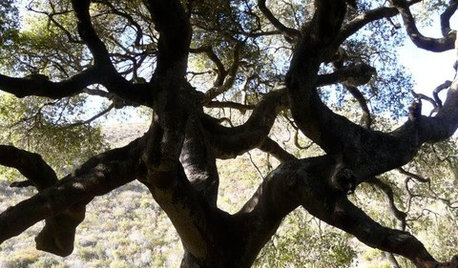
CALIFORNIA NATIVE PLANTSGreat Design Plant: Coast Live Oak
The stuff of legends and memories, this California tree is one to build a whole landscape around
Full Story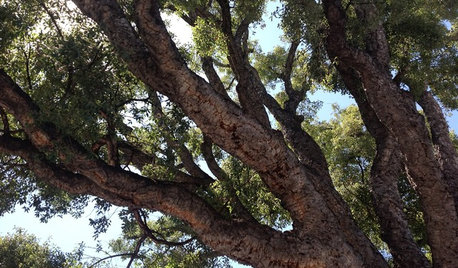
GARDENING GUIDESGreat Design Plant: Cork Oak
Witness an incredible renewable resource being grown while lolling in the abundant shade of this expansive, ever-popular tree
Full Story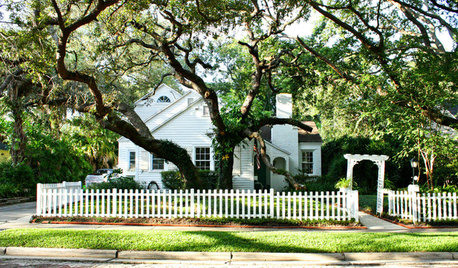
TREESGreat Design Plant: Southern Live Oak Offers an Unbeatable Canopy
Keep it dense or prune it for more light. No matter how you grow Quercus virginiana, it’s a majestic addition to its native landscape
Full Story
FALL GARDENING6 Trees You'll Fall For
Don’t put down that spade! Autumn is the perfect time for planting these trees
Full Story
ARBOR DAY8 Reasons to Plant a Great Tree
Beauty is its own reward, but the benefits of planting the right tree in the right place go way beyond looks
Full Story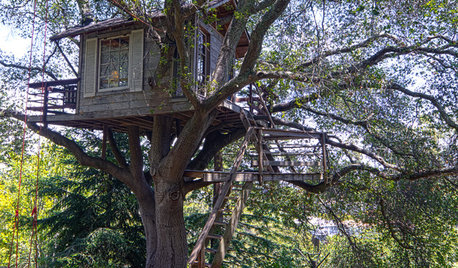
DREAM SPACESA Northern California Tree House Makes Memories
Designed with utmost respect for the tree cradling it, a cozy house gives overnighters an experience to cherish
Full Story





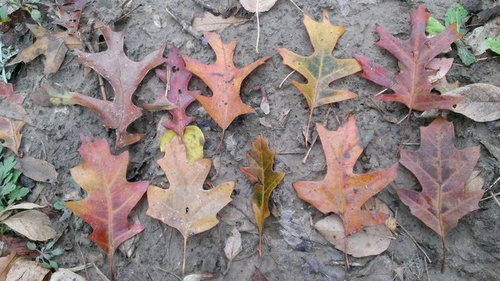


ElektronOriginal Author
bostedo: 8a tx-bp-dfw
Related Professionals
Arlington Landscape Architects & Landscape Designers · Foothill Ranch Landscape Architects & Landscape Designers · Middle Island Landscape Architects & Landscape Designers · Paradise Landscape Architects & Landscape Designers · Barrington Landscape Contractors · Bridgeview Landscape Contractors · Fort Myers Landscape Contractors · La Verne Landscape Contractors · Tamarac Landscape Contractors · Greenfield Landscape Contractors · Honolulu Siding & Exteriors · Lincolnwood Siding & Exteriors · Iowa City Siding & Exteriors · Batavia Decks, Patios & Outdoor Enclosures · Rantoul Decks, Patios & Outdoor EnclosuresEmbothrium
dricha
lou_spicewood_tx
lou_spicewood_tx
dricha
ElektronOriginal Author
ElektronOriginal Author
ElektronOriginal Author
poaky1
dricha
ElektronOriginal Author
j0nd03
ElektronOriginal Author
dricha
ElektronOriginal Author
ElektronOriginal Author
ElektronOriginal Author